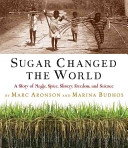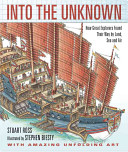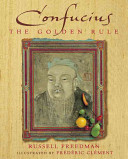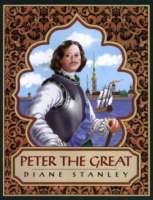
The highly regarded Cultures of the World series celebrates the diversity of other cultures in this fully updated and expanded edition.

The highly regarded Cultures of the World series celebrates the diversity of other cultures in this fully updated and expanded edition.
Provides comprehensive information on the geography, history, wildlife, governmental structure, economy, culture diversity, people, and religion among others.
The highly regarded Cultures of the World series celebrates the diversity of other cultures in this fully updated and expanded edition. This book provides an overview of the history and peoples of the Maldives.
The highly regarded Cultures of the World series celebrates the diversity of other cultures in this fully updated and expanded edition.
“Provides comprehensive information on the geography, history, wildlife, governmental structure, economy, cultural diversity, peoples, religion, and culture of Kazakhstan”–Provided by publisher.

When this award-winning husband-and-wife team discovered that they each had sugar in their family history, they were inspired to trace the globe-spanning story of the sweet substance and to seek out the voices of those who led bitter sugar lives. The trail ran like a bright band from religious ceremonies in India to Europe’s Middle Ages, then on to Columbus, who brought the first cane cuttings to the Americas. Sugar was the substance that drove the bloody slave trade and caused the loss of countless lives but it also planted the seeds of revolution that led to freedom in the American colonies, Haiti, and France. With songs, oral histories, maps, and over 80 archival illustrations, here is the story of how one product allows us to see the grand currents of world history in new ways. Time line, source notes, bibliography, index.

Ready to relive some of the most daring voyages of all time? Unfold these spectacular cross sections and explore fourteen historic journeys. Open this dynamic book and discover how the greatest explorers in history from Marco Polo to Neil Armstrong plunged into the unknown and boldly pieced together the picture of the world we have today. With the help of masterful cross sections, dramatic storytelling, and sidebars that highlight key concepts, places, and technology, immerse yourself in such expeditions as: Leif Eriksson’s voyage to North America (eleventh century) Zheng He’s travels from China to East Africa (fifteenth century) Magellan’s circumnavigation of the globe (sixteenth century) Tenzing Norgay’s and Edmund Hillary’s scaling of Mt. Everest (twentieth century) Plus ten more exciting journeys!

Born in China in 551 B.C., Confucius rose from poverty to the heights of his country’s ruling class. But then he quit his high post for the life of an itinerant philosopher. “The Analects” collects his teachings on education and government, the definition of nobility, the equality of man and the right way and purpose of living, ideas that eventually spread to the West and influenced the great thinkers of the Enlightenment. And five centuries before Christ, Confucius set forth his own Golden Rule: “Do not impose on others what you do not wish for yourself.”

With a history going back 4,000 years, Turkey has been the homeland to many civilizations — Greeks, Romans, Kurds, Armenians, Assyrians, and Hittites — each of whom has left their cultural, social, and religious marks. Turkey also has some of the best cuisine in the world. Each region offers its own specialties, and the Turkish people have a well-deserved reputation for hospitality. Divided by the Bosphorus strait and bordered by the Aegean Sea, The Black Sea, and the Mediterranean Sea, Turkey bridges the two great continents of Europe and Asia. Its varied terrain is rich in Roman ruins, mosques, and Greek and Armenian churches, and due to its geographical position, while some Turks are skiing in Erratum, others are swimming in Natalya.

A biography of the tsar who began the transformation of Russia into a modern state in the late seventeenth-early eighteenth centuries.